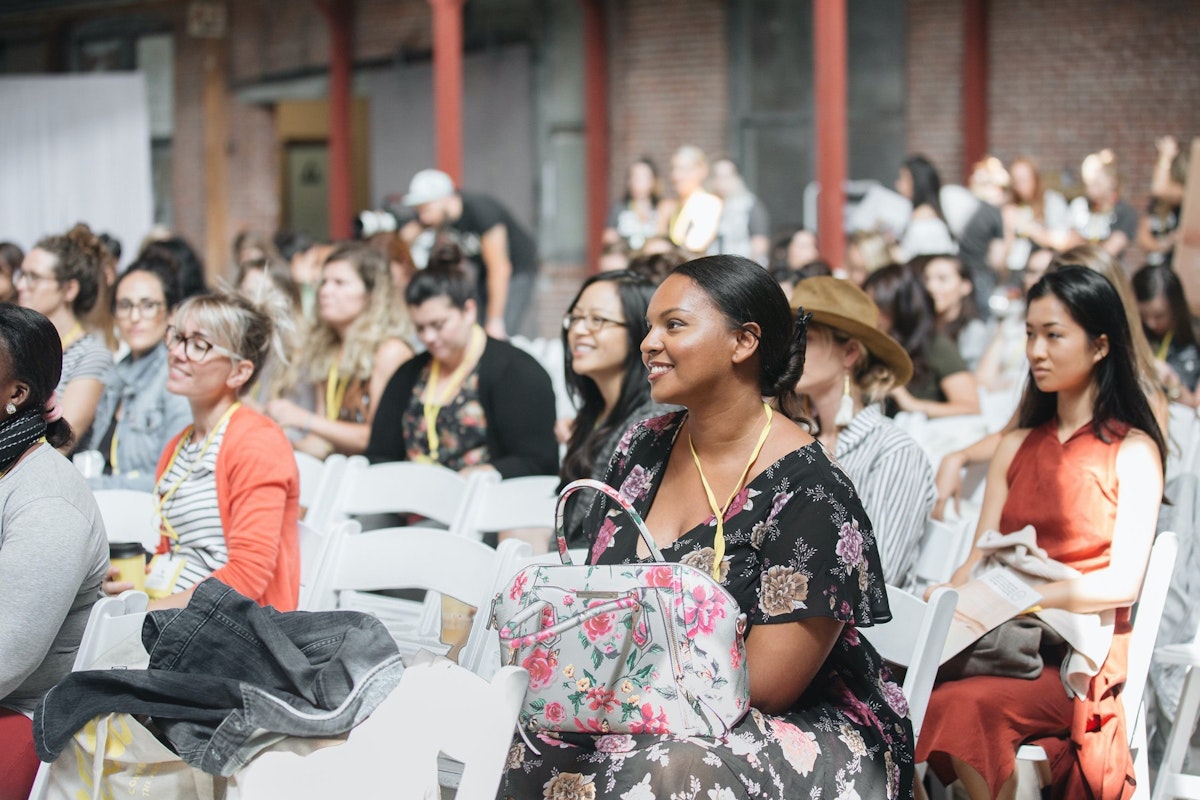When we are faced with acts of hate, so many questions arise. How could a human possibly be capable of such a thing? How can we help those most hurt by it? And when one particular group of people are the target of that hate, how can we come together and show empathy, though we may never be able to fully understand their experience?
Today, we are so glad to share a conversation we had about all of this with Gabby Almon, founder of Rise of the Bulls. With a deep background in homeland security and humanitarian aid, she decided to create a new effort to make change. Rise of the Bulls is a strategic collection of disrupters, creatives, and doers, who are mobilizing to radically shift how our world works. Together, they find “big problems”, break up the systems that make those problems possible, and put their solutions in the hands of people who are ready to put those ideas to work.
Each month, we hold an interactive webcast for our Yellow Members. But with the importance and weight of this topic, we wanted to open this discussion up to everyone.
Gabby touches on so many aspects of these issues, but we wanted to highlight a few things about extremism you might not know. Research shows that despite the type of extremist group, meaning communities or ideologies that stray heavily from the mainstream, individuals join them for very similar reasons:
3 Main Reasons Why People Turn to Extremism
Previous Trauma
They often feel ostracized, and have histories of trauma, abuse, bullying, or abandonment.
Belonging
They are looking for a sense of belonging and identity they don’t have, and want to be a part of something bigger than themselves. Usually they have to work hard to adopt the violent ideology behind their group, but they do so because they don’t want to give up this sense of community they have found.
Lack of Interaction
Often, they have not had much interaction or exposure to the people that they hate.
I deeply encourage you to watch the whole webcast above to learn more! Gabby has so much wisdom to share both on these issues and what we can do about them.
Photo by: Cacá Santoro
